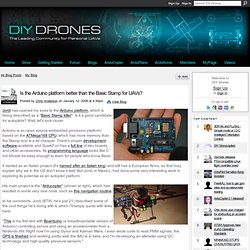

Eurocopter Moves One Step Closer to ‘Whisper Mode’ Just about every helicopter operator is quite familiar with noise complaints.

Whether it be the local news helicopter or even a medical helicopter, many people on the ground don’t like the sound created by rotary-wing aircraft. This week Eurocopter unveiled its most recent effort to reduce helicopter noise with the radical-looking Blue Edge rotor blade. The new blade has been tested on one of the company’s EC155 helicopters and was shown to reduce noise 3 to 4 decibels, according to the company. In addition to the Blue Edge rotor blade, the company also introduced something called Blue Pulse technology. Also designed to reduce helicopter noise, the Blue Pulse system uses three flap modules in the trailing edge of each rotor blade.
Both of these technologies are able to reduce noise by minimizing the blade-vortex interaction of the main rotor on a helicopter. You can listen to a cockpit recording of Eurocopter’s EC155 with and without the Blue Edge rotor below. Photo: Eurocopter. Dragonfly personal rocket copter: available this year? Put small rocket engines on the tips of a helicopter rotor, and you have the makings of Dragonfly DF1, a rocket-powered helicopter that might be for sale sometime this year.

Although it reminds us of some of those early Fail videos of flying machines, rocket copters are supposed to be surprisingly easy to fly, with less vibration and improved stability. Those hydrogen peroxide-powered rocket motors power this ultralight craft, and they're built by jetpack maker Tecaeromex. Thanks to the voluminous fuel tanks surrounding the pilot, the helicopter's non-burning hydrogen peroxide thrusters can power the craft for 50 minutes at 40mph. Will the Tucson-based company Swisscopters US get this baby off the ground? It's off to a good start, already completing test flights and obtaining airworthy certificates last November. Via Red Ferret. Is the Arduino platform better than the Basic Stamp for UAVs?
Jordi has opened my eyes to the Arduino platform, which is being described as a "Basic Stamp killer".

Is it a good candidate for autopilots? Well, let's look closer. Arduino is an open source embedded processor platform, based on the ATMega168 CPU, which has more memory than the Stamp and is a lot cheaper. There's proper development software available and SparkFun has a full line of dev boards and other accessories. Its programming language looks like C but should be easy enough to learn for people who know Basic. It started as an Italian project (it's named after an Italian king) and still has a European flavor, so that may explain why we in the US don't know it well. His main project is the "Arducopter" (shown at right), which has resulted in some very nice code, such as this navigation routine. In his comments, Jordi (BTW, he's just 21) described some of the cool things he's doing with it, which I'll simply quote with links here: Here are some links he provided: I'm intrigued.
Draganfly.com Industrial Aerial Video Systems & UAVs.